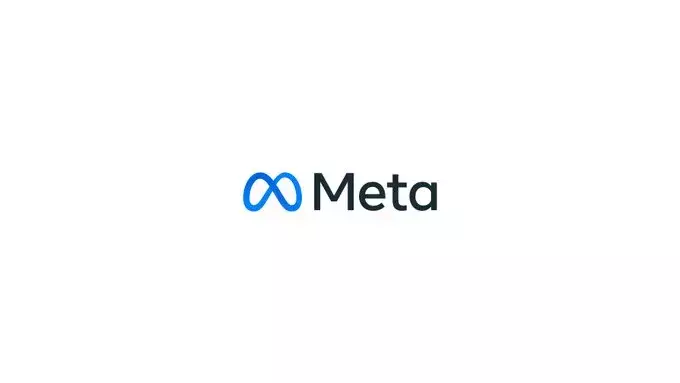In the ever-changing landscape of digital marketing, companies are continually seeking innovative strategies to optimize their advertising performance. Meta, the parent company of Facebook and Instagram, has recently introduced a new advertising feature known as “Flexible Media.” This initiative aims to refine the way ads are delivered to users by implementing a more adaptable framework based on predictive analytics. This article explores the implications of Flexible Media within the broader context of automated advertising strategies and the potential benefits and concerns it presents to advertisers.
Decoding Flexible Media
At its core, Flexible Media represents a movement towards increased customization and efficiency in ad placement. Unlike traditional advertising methods where marketers manually select ad images and targets, this new feature leverages Meta’s advanced AI algorithms to determine the optimal ad presentation for each individual user. Under the Flexible Media framework, advertisers can submit multiple media options, allowing Meta’s system to dynamically select which images or videos to display based on predicted user engagement. This personalization promises to enhance the overall effectiveness of advertising campaigns, driving higher click-through rates and improved conversions.
The philosophy behind Flexible Media mirrors the evolution of ad technology, where automation plays a fundamental role. Advertisers are encouraged to transition into automated processes, such as the Advantage+ campaign tools that Meta already offers. With these tools, marketers relinquish control over various aspects of their campaigns, allowing algorithms to make decisions that could lead to more successful outcomes over time. This change is not merely about increasing ad volume; it’s about strategic ad presentation, ensuring that the right message reaches the right audience at the right time.
While the advantages of automation are substantial, it is essential to consider the potential downsides. By relying heavily on AI systems like Meta’s, advertisers might experience a loss of control over their creative vision. The idea of submitting a URL and having Meta handle every aspect of the ad may seem convenient, but it raises questions about how much agency marketers are willing to concede. This level of automation can lead to uncertainty about how accurately the AI reflects the brand’s identity and message.
Furthermore, while automation can precisely target user demographics, it may also risk alienating audiences if the ad content does not reflect the advertiser’s unique voice. For businesses that thrive on human connection and creativity, this could pose significant challenges. As advertisers navigate this new terrain, it’s vital for them to closely monitor ad performance metrics to ensure that automation does not overshadow their brand story. The balance between trust in technology and maintaining a personalized touch will be crucial moving forward.
Despite these concerns, the potential for improved advertising performance through experimentation with tools like Flexible Media cannot be overlooked. As with any new feature, the key is to approach it with a mindset of trial and evaluation. By testing various campaigns using Flexible Media, advertisers can gather valuable data on user responses and engagement levels, which will help refine their strategies over time. Embracing automation should not outright replace human insight; instead, it should complement it, allowing businesses to leverage data-driven insights while retaining a sense of their unique brand identity.
Moreover, as competition in the digital ad space continues to grow, adapting to new tools and methodologies will be necessary for staying relevant. The industry is heading towards more networked and integrated approaches, where advertisers who do not engage with such technologies may find themselves at a disadvantage. Experimenting with Flexible Media could provide insights that lead to more effective targeting and better resource allocation, setting businesses apart in a saturated marketplace.
Meta’s Flexible Media option is a significant development in the world of digital advertising, reflecting a broader trend toward automation and customization. While the benefits of enhanced performance and efficiency are evident, advertisers must also remain vigilant about the implications of relinquishing control over their creative processes.
Balancing automation with human creativity will be essential for success in this new advertising landscape. Embracing these new technologies as experimental tools rather than definitive solutions will empower advertisers to develop more effective campaigns that resonate with their audiences. As the digital marketing arena evolves, staying informed and adaptable will be paramount to leveraging Meta’s offerings effectively. In a world of rapid technological changes, those who dare to experiment could potentially uncover new avenues for reaching their target audiences and delivering impactful messages.


Leave a Reply